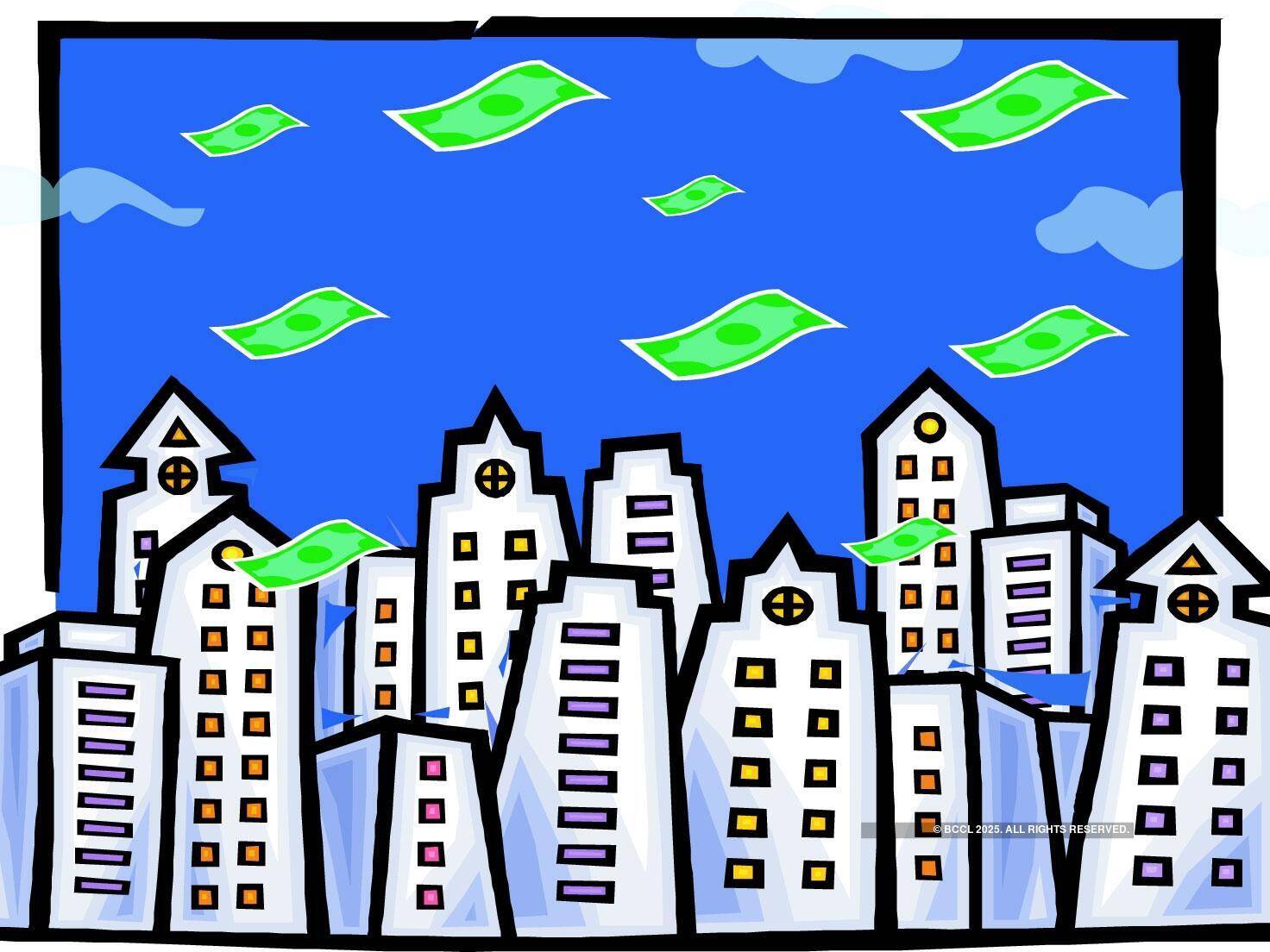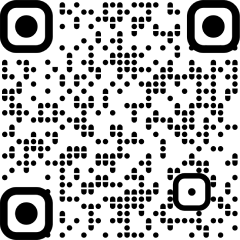- Industry
- 2 min read
New earthquake-resistant concrete to be tested in India
The seismic-resistant, fibre-reinforced concrete developed at the University of British Columbia in Canada will see its first real-life application

TORONOTO: Researchers plan to retrofit a school building in quake-prone Uttarakhand with a novel concrete coating that can dramatically enhance the earthquake resistance of seismically vulnerable structures.
The seismic-resistant, fibre-reinforced concrete developed at the University of British Columbia (UBC) in Canada will see its first real-life application as part of the seismic retrofit of a Vancouver elementary school.
The material is engineered at the molecular scale to be strong, malleable, and ductile, similar to steel - capable of dramatically enhancing the earthquake resistance of a seismically vulnerable structure when applied as a thin coating on the surfaces.
Researchers subjected the material, called eco-friendly ductile cementitious composite (EDCC), to earthquake simulation tests using intensities as high as the magnitude 9.0 9.1 earthquake that struck Tohoku, Japan in 2011.
"We sprayed a number of walls with a 10 millimetre-thick layer of EDCC, which is sufficient to reinforce most interior walls against seismic shocks," said Salman Soleimani- Dashtaki, a PhD candidate at UBC.
"Then we subjected them to Tohoku-level quakes and other types and intensities of earthquakes - and we could not break them," said Soleimani-Dashtaki.
The research was funded by UBC-hosted Canada-India Research Centre of Excellence IC-IMPACTS, which promotes research collaboration between Canada and India.
IC-IMPACTS will make EDCC available to retrofit a school in Roorkee in Uttarakhand, a highly seismic area, researchers said.
"This technology is gaining significant attention in India and will provide our Canadian companies a strong competitive edge in the growing global infrastructure market," said UBC professor Nemy Banthia, who supervised the work.
EDCC combines cement with polymer-based fibres, flyash and other industrial additives, making it highly sustainable, according to Banthia.
"By replacing nearly 70 per cent of cement with flyash, an industrial byproduct, we can reduce the amount of cement used," said Banthia.
"This is quite an urgent requirement as one tonne of cement production releases almost a tonne of carbon dioxide into the atmosphere, and the cement industry produces close to seven per cent of global greenhouse gas emissions," Banthia added.


COMMENTS
All Comments
By commenting, you agree to the Prohibited Content Policy
PostBy commenting, you agree to the Prohibited Content Policy
PostFind this Comment Offensive?
Choose your reason below and click on the submit button. This will alert our moderators to take actions